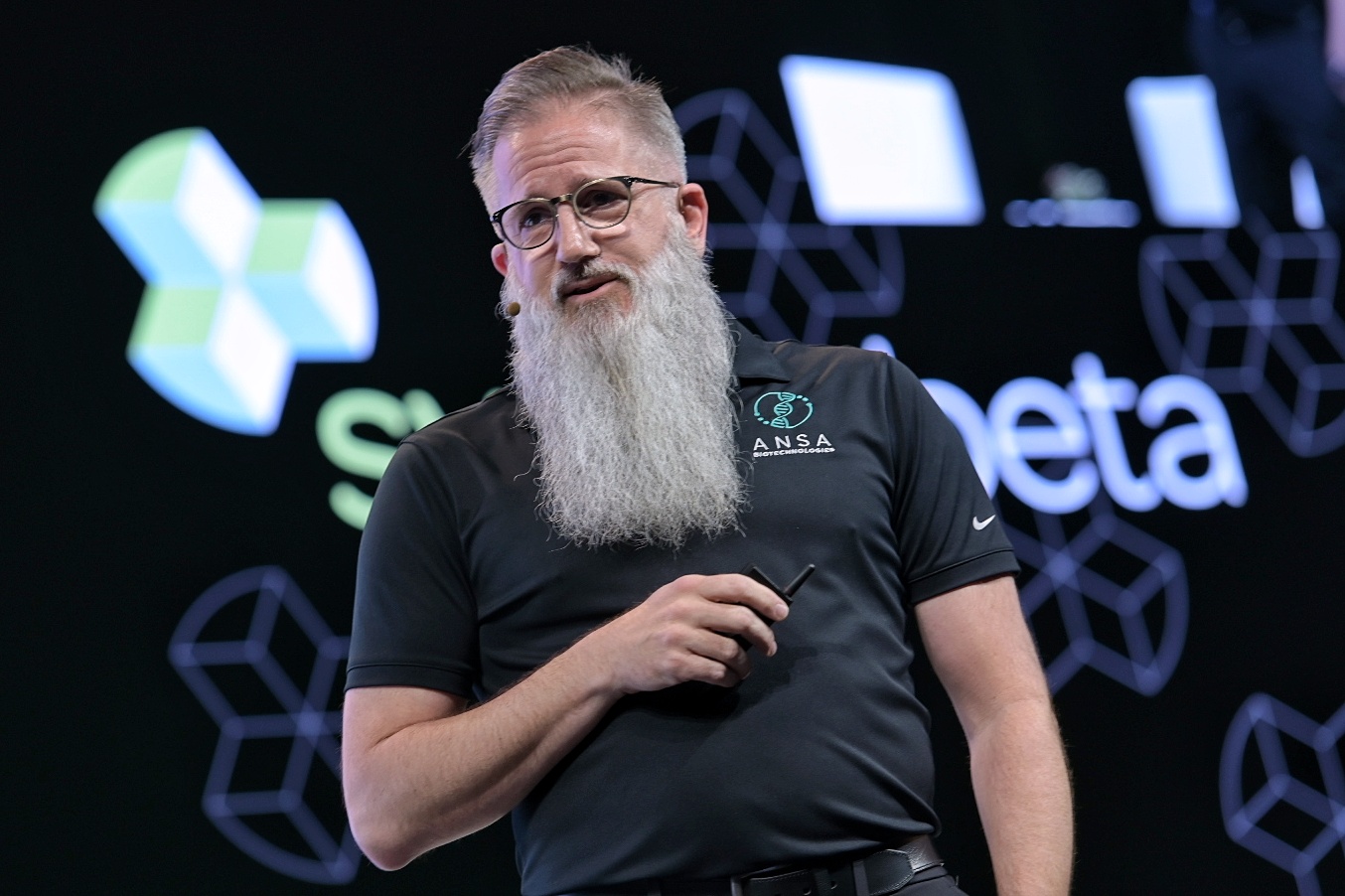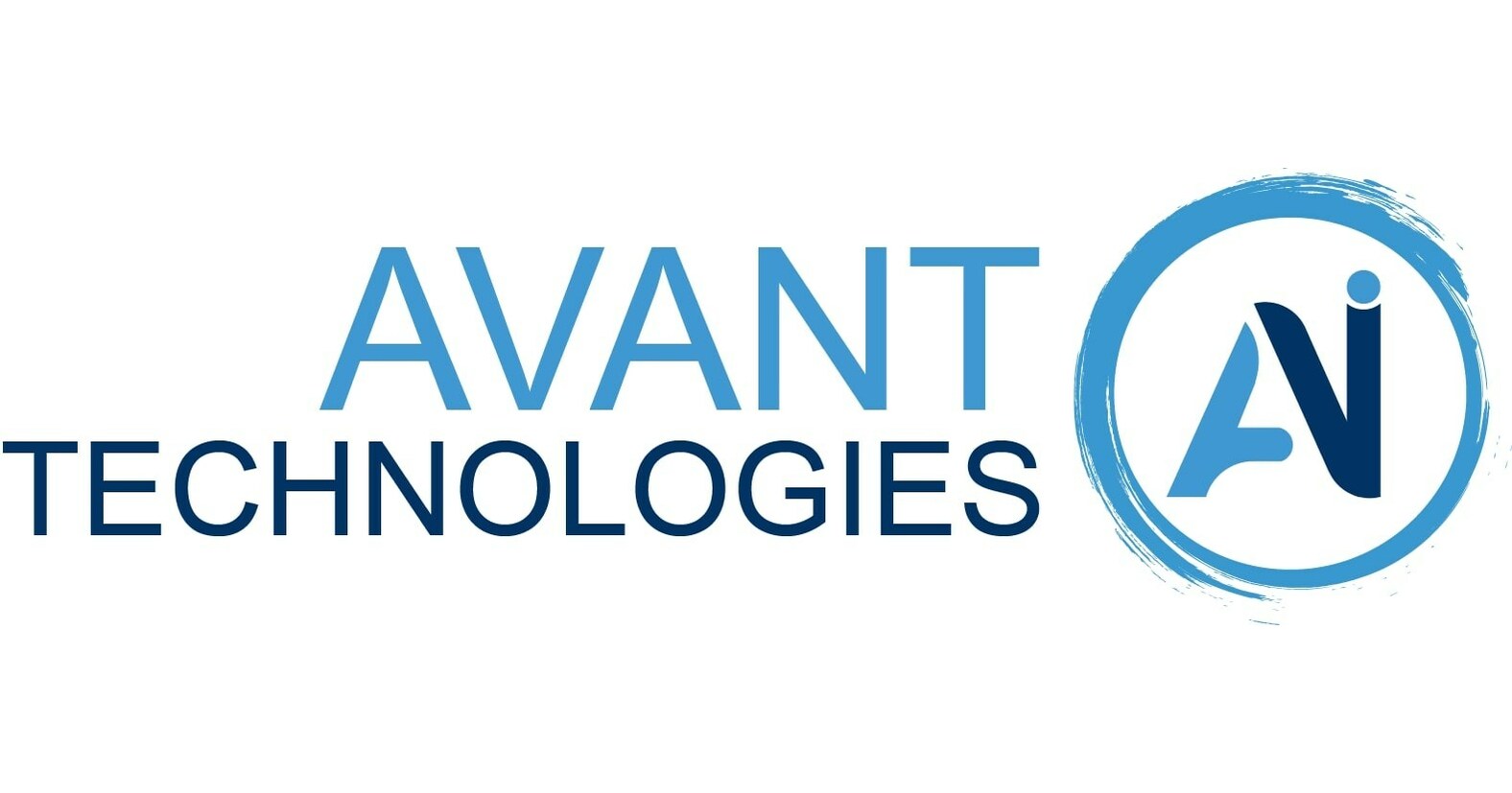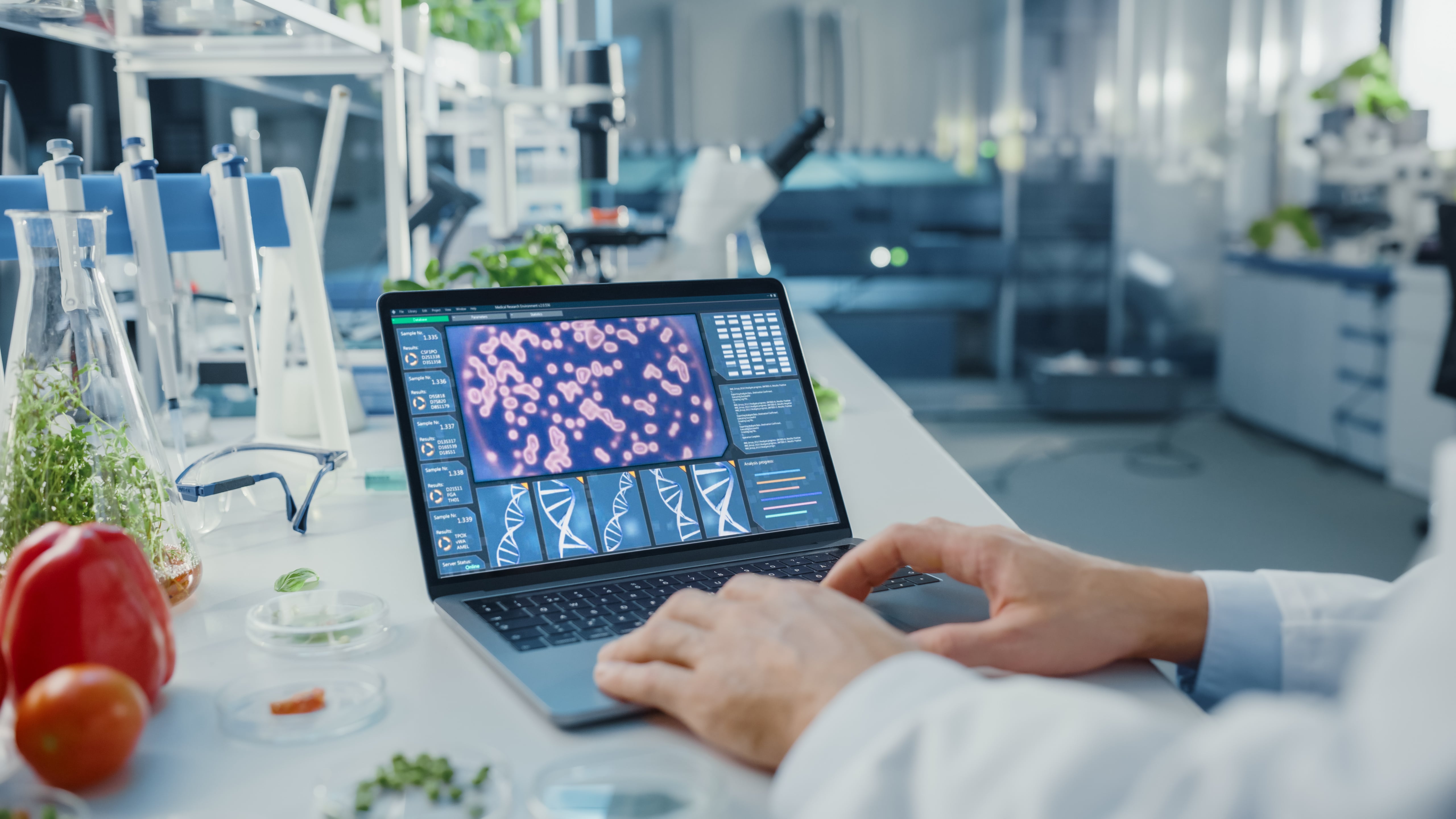Tackling the future of sustainability at the 2019 Biodesign Challenge Summit
Tackling the future of sustainability at the 2019 Biodesign Challenge Summit
Last month, 37 teams of university and high school students from 9 countries convened at the Museum of Modern Art and Parsons School of Design in New York to present their biotechnology solutions to some of the world’s biggest problems at the 2019 Biodesign Challenge Summit. Finalists advanced from a pool of over 500 students that had been working through the school year with peers, instructors, and mentors. Those involved hailed from a variety of backgrounds but united to develop forward-thinking projects that integrate biotechnology with art and design to address pressing challenges in fields including food, industry, medicine, materials, and architecture.Over the course of two days, teams presented their projects to judges acclaimed in their respective fields, met other students from around the world, competed for numerous prizes, and displayed their work at an exhibit, “Life in Reply,” which was open to the public.
Focusing on creating a better planet
The title of this exhibit could not have been more apt – the Biodesign Challenge participants resoundingly replied to a variety of global problems. Their projects reflected an understanding that technology both shapes and is shaped by society and its impacts on the planet. That awareness has only grown since the program’s inception.“When we first started in 2016, I said, we’re going to try this in nine schools in the United States,” recounts founder and executive director, Daniel Grushkin. “And now, we have 37 projects that are presenting on stage, and we’re in nine countries.” The incredible diversity in thought and appreciation for the magnitude of the experience of life could not be more evident in the amalgamation of teams and their projects that the Biodesign Challenge has been attracting for the past four years.Additionally, the projects tend to convey a deep sense of stewardship for our planet. “Sustainability is a major focus for students projects as well as the judging rubric. So much if it reflects back on our relationship with the environment,” says Grushkin. “Many of the students are really interested in materials, and they’ve been looking for replacements for some of the ones we’re all used to.”

Participants competed for awards including the grand prize—the Glass Microbe.This year, numerous teams took to finding new uses for materials that are often considered waste. For example, Denimaize from University of Pennsylvania turns diseased corn husks into a yarn for the denim industry. And the creativity in harnessing natural materials to create and instill more environmentally-friendly products and practices only begins there. The overall winner, Pseudofreeze, is a refrigeration system for transporting vaccines using a bacterium to keep the compartment cool rather than using a conventional compressor. GIY Bio Buddies, the runner-up and winner of the Outstanding Field Research prize, creates toys out of safe, biodegradable materials instead of industry standard plastic. Plastics certainly have a sizable environmental footprint, and another award-winning project, Enzer, continued to address their impact by creating a microplastics filtration system for washing machines using engineered degrading enzymes from the bacterium Ideonella sakaiensis.

GIY Bio Buddies, winner of the Outstanding Field Research prize, creates toys out of safe, biodegradable materials instead of industry standard plastic.While many teams created solutions to minimize our impact on the environment and protect Earth, one team tackled the possibilities of what a future would look like off-planet: Death on Mars, winner of Outstanding Presentation, presented synthetic chromosomes to encode DNA with data that utilizes plants as memorials (with photos, videos, recipes, and more) for loved ones – on Mars.

Death on Mars: winner of Outstanding Presentation, the group presented synthetic chromosomes to encode DNA with data that utilizes plants as memorials, complete with photos, videos, recipes, and more, for loved ones – on Mars.
The future of environmentally-friendly fashion and agriculture
The fashion industry has been particularly vocal about addressing its impact on the environment. Grushkin says, “The biggest sponsors over the last couple years have come from fashion. A lot of these companies are looking for alternatives that are less wasteful. The industry is often considered one of the world’s biggest polluters, and is trying to use these new technologies to address their sustainability challenges.”The teams at this year’s Biodesign Challenge were certainly cognizant of that niche. Flora Fur, the winner of The Stella McCartney Prize for Sustainable Fashion, created a fur alternative from milkweed and flax (which, in fact, naturally grow together and create a diverse and sustainable refuge for monarch butterflies), capitalizing on the hydrophobicity of the fibers that surround the milkweed seed.

Flora Fur, the winner of The Stella McCartney Prize for Sustainable Fashion, created a fur alternative from milkweed and flax.Sustainably-sourced food has become another focus for teams. Similar to plastics and fashion, agriculture also has not only a tremendous environmental footprint but also equally enormous potential for innovative, interdisciplinary solutions. In the first year of the challenge, MyoTomato engineered tomatoes to produce myoglobin, the muscle protein found in beef. The rationale behind the project was to create protein-rich alternatives to meat, a significant contributor to our agricultural footprint, while at the same time commenting on the GMO debate. The project is both a provocation and solution addressing an area of increasing concern. One of its goals is to gauge audiences’ comfort with foods that seemingly cross phylogenic domains.

MyoTomato: the engineered tomato that produces myoglobin, creating a protein-rich alternative to meat -- a significant contributor to our agricultural footprint.There has been no limit to the variety of approaches to create more sustainable agricultural practices. In 2017, Olombria developed a pollination technology that encourages flies to pollinate orchards, compensating for dwindling and sick bee populations and ensuring the productivity of agriculture despite other environmental threats (Olombria has since raised money through venture funding and are currently performing field trials.) And this year Mycokarst, the winner of the Outstanding Science award, engineered fungus to synthesize limestone for soil reinforcement, preserving ecosystems and their structural integrity, mainly designed to mitigate sinkhole problems in cities but additionally applicable in agricultural contexts to compensate for issues such as over-cultivation.
Building a secure future with biotechnology
The Biodesign Challenge teams have seemingly left no stone unturned when proposing methods for environmental sustainability. Whether for textiles or food, they have demonstrated the power of agtech to address the massive challenges we face as responsible stewards of our planet. For both the participants and organizers, however, developing technology is just one part of the big picture about why such work matters. The teams’ projects embody the convergence of biology, art, design, social science, museum curation, and more, with all fields being intertwined to construct a vision for the future – and, more importantly, for provoking conversation.“The goals of the Biodesign Challenge are really three,” Grushkin says. “One is to create this first generation of biodesigners – folks who can work across biotech, art, and design. The second part is in creating this community of collaboration across these fields. And then the third part is in creating a forum for public dialogue about the future of biotechnology.”

Mycokarst is one of nearly 40 teams helping to create a future built on biotechnology. The team engineered fungus to synthesize limestone for soil reinforcement, preserving ecosystems and their structural integrity to mitigate sinkhole problems in cities.“We are coming before the public with very specific biotech applications and ask audiences to respond before these applications become real. Public engagement is a really important part of what we do,” he says.Over the past four years, the teams at the Summit have certainly reflected that goal by proposing projects that directly affect the lives of the general population, whether designing solutions for agricultural sustainability, making the fashion industry more eco-friendly, or shaping the conversation about biotech and its applications. Although the future of our planet may be uncertain, the Biodesign Challenge has become a promising generator of interdisciplinary ideas that are pointing the way forward for the future of biotechnology.Visit biodesignchallenge.org to see projects and follow teams’ progress. Save June 18-19, 2020 for Biodesign Challenge’s fifth anniversary Summit.



.svg)










-min.png)

.gif)